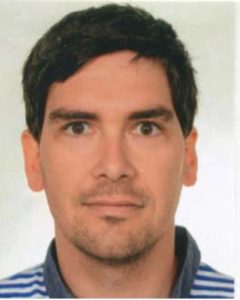Recognizing featured Plant Cell first authors: Rene Schneider
Rene Schneider, featured first author of Two Complementary Mechanisms Underpin Cell Wall Patterning during Xylem Vessel Development
 Current Position: Postdoctoral Researcher and Lecturer at the University of Melbourne, Australia.
Current Position: Postdoctoral Researcher and Lecturer at the University of Melbourne, Australia.
Education: PhD (2013) Bio-Physics, Dresden University of Technology, Germany. Diploma (2008) Physics, Dresden University of Technology, Germany.
Non-scientific Interests: Bushwalking, camping, community-building and just being active in general. Together with my family I especially love exploring our local neighborhood or the Australian country side, improving our garden and home, or simply enjoying a piece of cake with a decent flat-white.
My research career began as a physics student in Prof Stefan Diez’s lab (2009) at the Max-Planck-Institute of Cell Biology and Genetics in Dresden, Germany, where I worked on single-molecule microscopy of motor proteins in-vitro. I was amazed by the vibrant athmosphere at this newly-founded institute that combined physics, microscopy, and cell biology in a way that was about to change my future research direction. Thus, after my PhD (2013), I choose to apply my skills to a field that was not receiving as much attention as life sciences normally do: Plant Sciences. I joint Prof Staffan Persson’s lab at the Max-Planck-Institute of Molecular Plant Physiology in Potsdam, Germany, where I worked on how plants design their cell walls acquiring a powerful in-vivo perspective. I was so lucky to join his team at the University of Melbourne (2015), where I now begin to unravel the various intracellular processes that underlie cell wall production in plant cells. I received an Early Career Research grant (2016), in which I propose a novel system to study the role of microtubules and their associated proteins in the econimically important process of wood formation using in-vivo and in-vitro assays.



